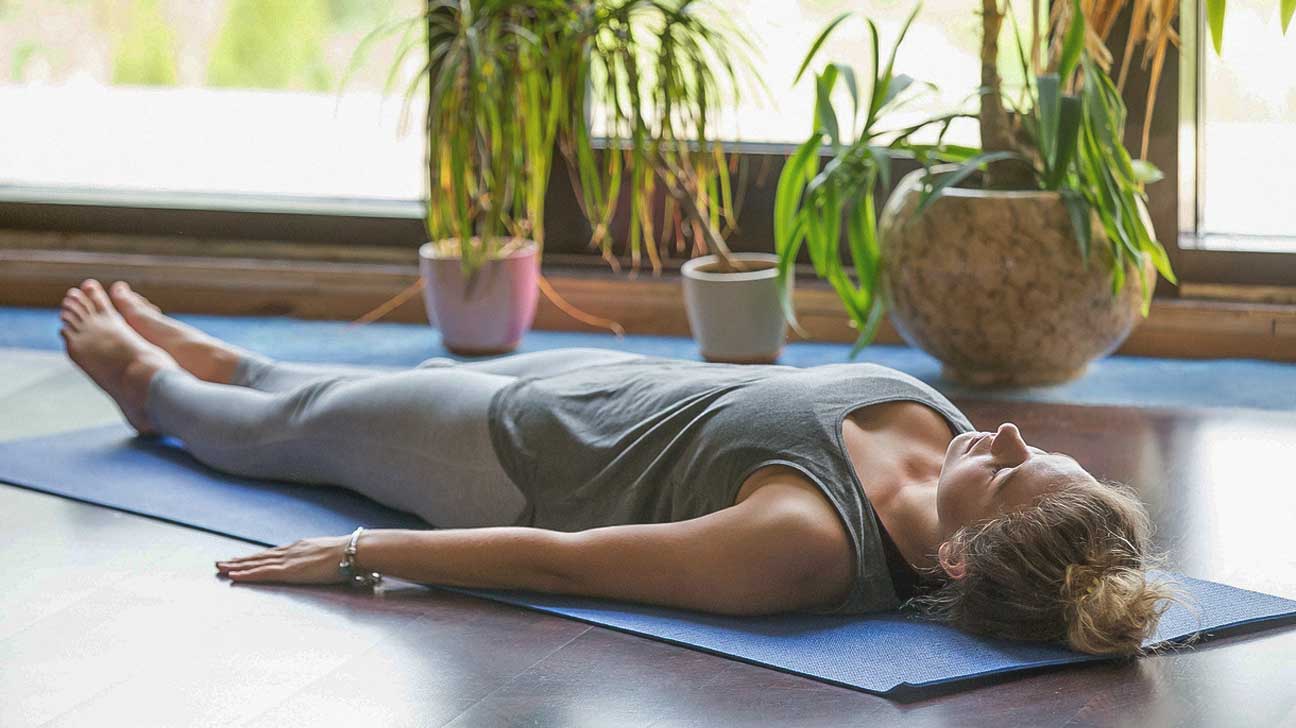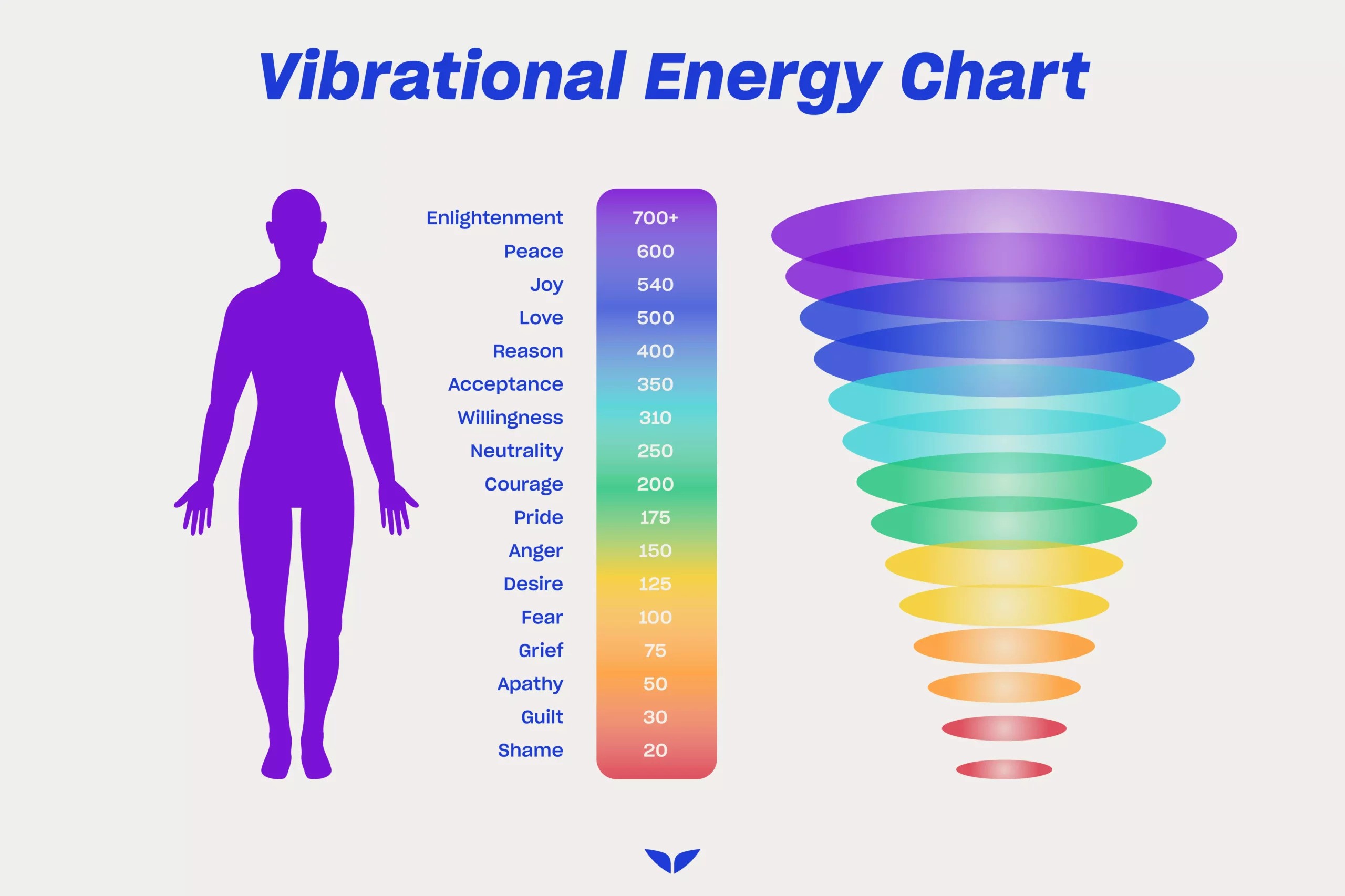Can You Do Meditation Lying Down?
Is it possible to meditate while lying down? Most teachers think that sitting to meditate is ideal whenever possible because the mind is more aware and attentive when we're seated and erect. However, if you're wondering if you can meditate while lying down, you can.
Meditation is a useful technique for keeping the body in sync with the heart and mind. It's critical to keep the body as stable and still as possible throughout most types of meditation. This physical steadiness aids the mind's acquisition and maintenance of a state of awareness. However, some kinds of meditation, such as walking or chanting, necessitate movement. There's a little-known – yet effective – technique that might help us rejuvenate our meditation practice: lying down meditation.
Can You Do Meditation Lying Down: Best Types of Meditation While Lying Down
There are a few different ways to meditate while lying down. Apply the main principles of optimal meditation posture, regardless of how you set up: Find a comfortable pose that encourages a long, neutral spine.
1. Savasana

To do Savasana, lie down on your back and raise your arms above your head while pointing your toes away from your body for a full-body stretch. Now, with your palms facing upward, draw your arms down along your sides to allow you to broaden your chest. To reduce any excessive curvature in the lower back, tuck your pelvis slightly under.
If you're having trouble with your lower back while lying down, put a cushion or pillow under your knees to help relieve the pain. To reduce back discomfort, bend your knees and place the soles of your feet on the floor while keeping your legs at a 90-degree angle.
Allow your feet to fall open if that is their natural tendency if your legs are straight, completely relaxing your leg muscles. Roll your head from side to side a few times before bringing it back to the center above your neck and spine. Relax your facial muscles, particularly your jaw, and breathe normally.
It's commonly done at the end of a yoga session to rest and rejuvenate all of the body's parts equally. True meditation, which should be done in a seated position with the spine erect, is sometimes confused with deep relaxation in Savasana.
2. Meditating While on Your Side
If laying on your back on the floor or in bed is too unpleasant, try lying on your side with a pillow under your head to protect your neck. Place a pillow between your knees and bend your knees to 90 degrees. Place a pillow beneath your upper arm if you want to maintain your chest and torso open and create an elongated spine.
3. Meditating While Lying in Bed
To elevate your head and chest, stack one or more pillows lengthwise behind you. Under your knees, place one or more buffers or a rolled-up blanket. If your feet are cold, you may want to wrap them in a blanket. This effort also gives you a sense of security.
You might want to wrap yourself with a blanket as well. To boost the sensation of internalization and relaxation, you could place an eye pillow over your eyes or wear a sleep mask.
To strengthen the experience of connection to your body and promote self-care, lie with your arms by your sides or gently rest one hand on your lower abdomen and the other in the center of your chest.
Benefits of Lying Down Meditation
Meditation while resting comfortably on the floor has many other advantages that may be significant to you, in addition to being a wonderful place to start for beginners. This strategy is believed to be the ideal option for people who have a particularly hectic life or who suffer from mental illnesses like ADHD, anxiety disorder, or depression.
Here are a few more advantages of lying down meditation:
- Reduced stress and anxiety by bringing the nervous system into a state of coherence
- Decrease in muscle tension.
- Better quality of sleep.
- Reduced blood pressure.
- Increased states of relaxed energy.
- Increased flow and productivity.
- Increased levels of relaxed and vibrant energy.
- Heightened states of alert focus.
How To Practice Meditation Lying Down
Even though lying down sounds simple and something we are all familiar with, there are certain guidelines to follow in order to get the most out of your lying down meditation.
Step 1: Assume a comfortable posture that will help you relax. One such posture is what is generally referred to as "corpse-position." Basically, you lie on your back with the objective of keeping your spine straight, on a tall and broad surface to fit your size.
Step 2: Your legs should be roughly the same length as your hips, your hands should be a foot away from your hips, and your palms should face up.
Step 3: Close your eyes and focus on the energy in your body. Gently stretch your extremities outward, beginning with your legs, arms, and head. Examine your body for any tightness and release it consciously.
Step 4: Slowly, steadily, and profoundly inhale. Consider how each breath nourishes every cell in your body. Receive an abundant flow of energy all the way through your body by using the mudra of your open hands. Allow yourself to be completely immersed in this sensation for as long as it feels right (15-20 minutes).
Step 5: Slowly deepen your breath, flex your fingers and toes, lift your arms above your head, stretch your entire body, exhale, bring your knees to your chest, and turn over to the side in a fetal posture to finish this meditation.
The bottom line
When it comes to meditation, lying down is probably not the greatest option. While it's useful for mindfulness exercises like body scans, it doesn't draw energy up the spine like other seated postures.
Furthermore, there's always the possibility of falling asleep and entering the subconscious rather than the superconscious state. However, if getting a good night's sleep is your objective, it's the best tool you have.



